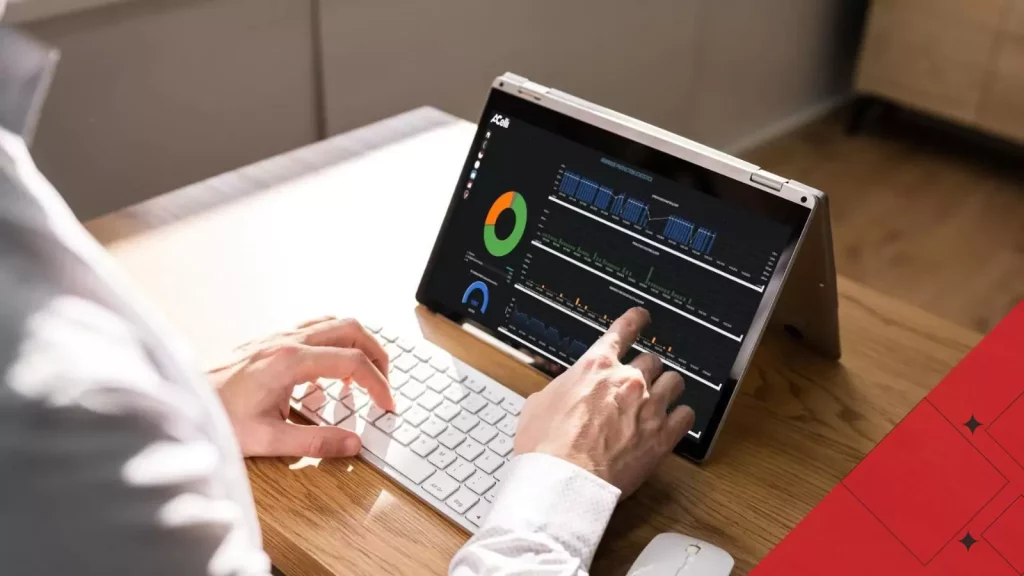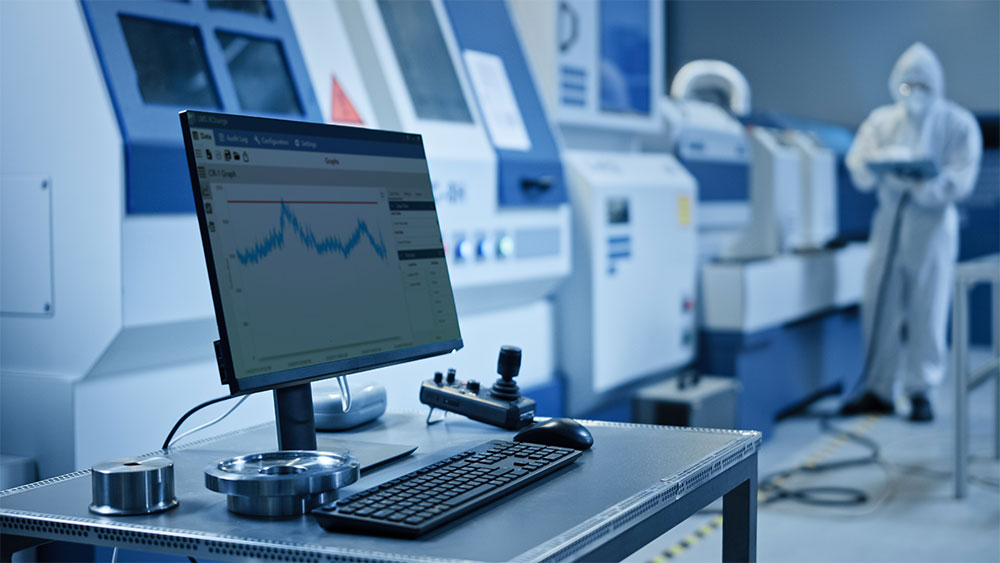Бодит цагийн хяналт: Шийдвэр гаргах үйл явцыг салбар даяар өөрчлөх
Өнөөгийн хурдацтай, өгөгдөлд тулгуурласан орчинд,бодит цагийн хяналтүйл ажиллагааны үр ашиг, аюулгүй байдал, стратегийн шийдвэр гаргахад чухал түлхэц болж чадсан. Үйлдвэрлэл, эрчим хүч, эрүүл мэнд, тээвэр зэрэг салбаруудад гол хэмжигдэхүүнүүдийг шууд хянах, дүн шинжилгээ хийх, хариу үйлдэл үзүүлэх чадвар нь бизнес хэрхэн ажиллаж, өрсөлдөж байгааг дахин тодорхойлж байна.
Үндсэндээ бодит цагийн хяналт нь мэдрэгч, төхөөрөмж эсвэл програм хангамжийн системээс өгөгдлийг тасралтгүй цуглуулж, дараа нь хяналтын самбар эсвэл дохиогоор дамжуулан боловсруулж, дүрслэн харуулах явдал юм. Энэхүү шууд өгөгдлийн дамжуулалт нь оролцогч талуудад асуудал тохиолдоход нь тодорхойлох, гүйцэтгэлийг оновчтой болгох, цаг алдалгүй мэдээлэлтэй шийдвэр гаргах боломжийг олгодог.
Жишээлбэл, үйлдвэрлэлд тоног төхөөрөмж, үйлдвэрлэлийн шугамыг бодит цаг хугацаанд нь хянах нь урьдчилан таамаглах засвар үйлчилгээ хийх боломжийг олгодог бөгөөд ингэснээр зардал ихтэй зогсолтыг багасгадаг. Мэдрэгч нь чичиргээний гажиг, хэт халалт, элэгдлийн хэв маягийг илрүүлж, алдаа гарахаас өмнө техникийн ажилтнуудад хөндлөнгөөс оролцох боломжийг олгодог. Энэхүү идэвхтэй арга нь цаг хугацаа, мөнгөө хэмнээд зогсохгүй чухал машин механизмын ашиглалтын хугацааг уртасгадаг.
Эрчим хүчний салбар ч бодит цагийн хяналтаас ихээхэн ашиг хүртдэг. Нийтийн аж ахуйн нэгжүүд үүнийг цахилгаан эрчим хүчний хэрэглээ, нарны эрчим хүч үйлдвэрлэх, сүлжээний тогтвортой байдлыг хянахад ашигладаг. AI-д суурилсан аналитиктай хослуулснаар эдгээр ойлголтууд нь ачааллыг тэнцвэржүүлэх, тасалдал үүсэхээс сэргийлж, сэргээгдэх эрчим хүчний нэгдлийг дэмжихийн зэрэгцээ хэрэглэгчдийн ил тод байдлыг сайжруулахад тусалдаг.
Эрүүл мэндийн хэрэглээний програмууд нь адилхан нөлөө үзүүлдэг. Одоо зүүж болох төхөөрөмжүүд нь амин чухал шинж тэмдгийг тасралтгүй хянах боломжийг олгож, эгзэгтэй нөхцөлд эртхэн хөндлөнгөөс оролцох боломжийг олгодог. Эмнэлгүүд өвчтөний байдал, орны ачаалал, нөөцийн хүртээмжийг хянахын тулд бодит цагийн хяналтын самбарыг ашиглаж, тусламж үйлчилгээний хүртээмж, үйл ажиллагааны үр ашгийг дээшлүүлдэг.
Логистик, тээврийн салбарууд тээврийн хэрэгслийн байршил, түлшний зарцуулалт, жолоочийн зан байдлыг хянахын тулд бодит цагийн хяналтыг ашигладаг. Энэ нь маршрутыг оновчтой болгох, хүргэх нарийвчлалыг сайжруулаад зогсохгүй аюулгүй байдал, зохицуулалтын стандартыг дагаж мөрдөх байдлыг сайжруулдаг.
Зүйлсийн интернет (IoT) өргөжин тэлэхийн хэрээр бодит цагийн мониторинг хийх боломж улам бүр нэмэгдэх болно. Холболт (жишээ нь, 5G), үүлэн тооцоолол, захын боловсруулалт зэрэг дэвшлийн ачаар илүү нарийн, хэрэгжих боломжтой ойлголтуудыг шуурхай авах боломжтой болж, байгууллагуудыг уян хатан, уян хатан, ирээдүйд бэлэн байлгах боломжийг олгоно.
Дүгнэж хэлэхэд, бодит цагийн хяналт нь тансаг байхаа больсон - энэ нь зайлшгүй шаардлагатай юм. Үүнийг хүлээн зөвшөөрч буй компаниуд үйл ажиллагааны үзэгдэх байдлыг сайжруулаад зогсохгүй улам бүр дижитал ертөнцөд өрсөлдөх чадварыг бий болгож байна.
Шуудангийн цаг: 2025-06-08






